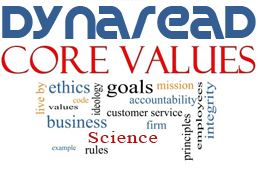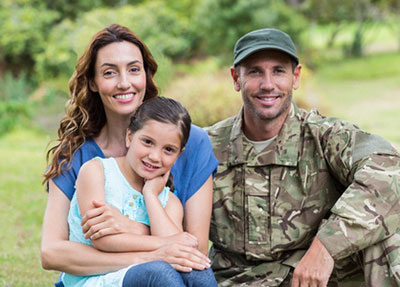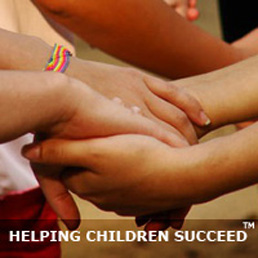by Dynaread
The term "cure" means that, after medical treatment, the patient no longer has that particular condition anymore.
Some diseases can be cured. Others, have no cure. The person will always have the condition, but medical treatments can help to manage the disease.
Medical professionals use medication, therapy, surgery, and other treatments to help lessen the symptoms and effects of a disease. Sometimes these treatments are cures — in other words, they get rid of the disease. For example, doctors treat athlete's foot using antifungal creams and sprays that kill the fungus causing the disease.
When a disease can't be cured, doctors often use treatments to help control or even eliminate its symptoms and effects. For example, one type of diabetes occurs when the pancreas does not produce enough insulin to get glucose into cells where it can be stored or used as energy. Doctors treat people with diabetes using insulin injections and other methods so they can continue to live normal lives. But right now there's no cure for diabetes. So some people will need insulin treatments for the rest of their lives.
The good news is that researchers are constantly coming up with advances in medicine. So it's possible that a disease that can be treated but not cured today may be cured in the future.

![]() Our Dynaread team members are required to hold themselves accountable for serving our clients in adherence with our core values...
Our Dynaread team members are required to hold themselves accountable for serving our clients in adherence with our core values...
Contribute with scientific and overall integrity.
Retain the focus on the needs of each individual child.

Dynaread has been developed in the trenches of actual remediation, with our feet firmly planted on the ground. Scientific research is essential (and we consistently use it), but we also understand the realities at home and in school. Not all homes have two parents, not all Dad's or Mom's are always home, there is oftentimes no money, schools lack staff or funding. We listen, we observe, we discuss, and we build the best solutions we can for older (ages 7+) struggling readers.
